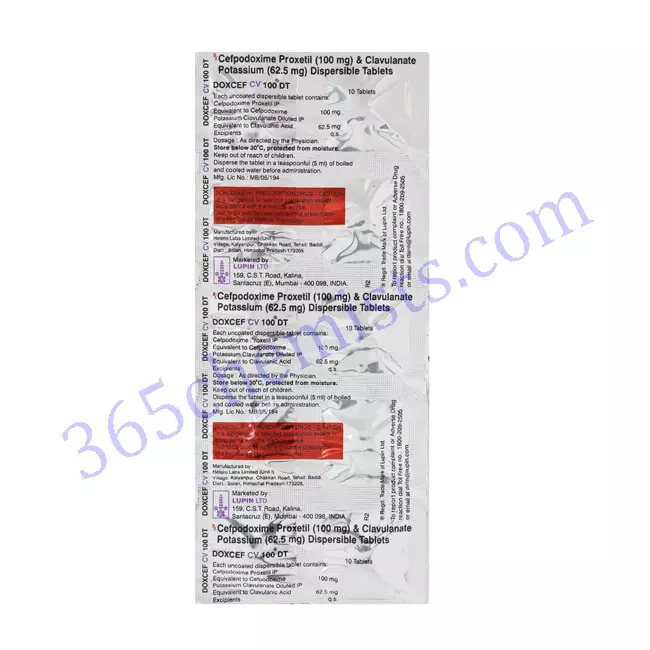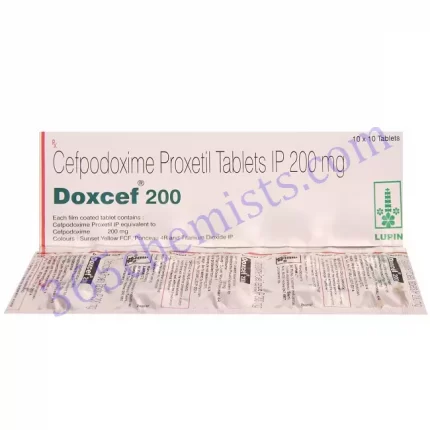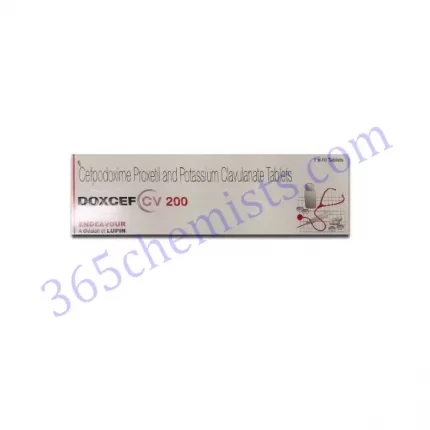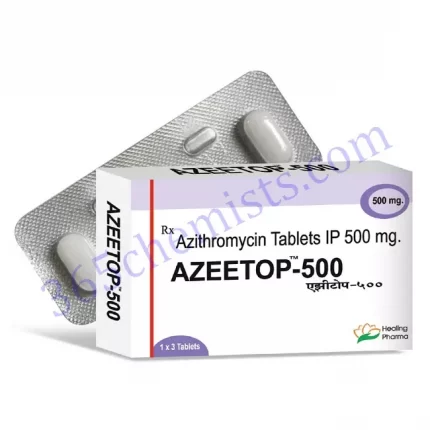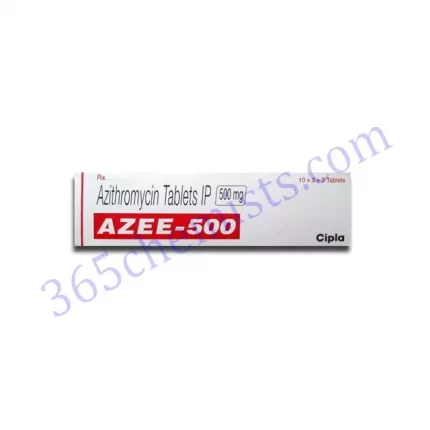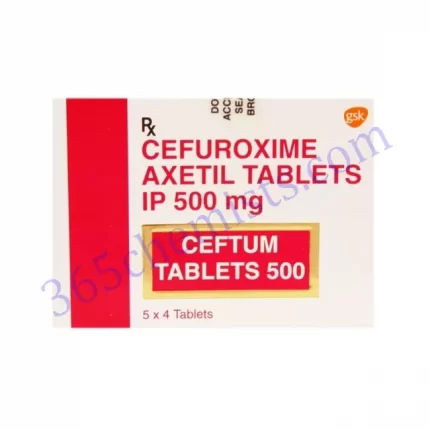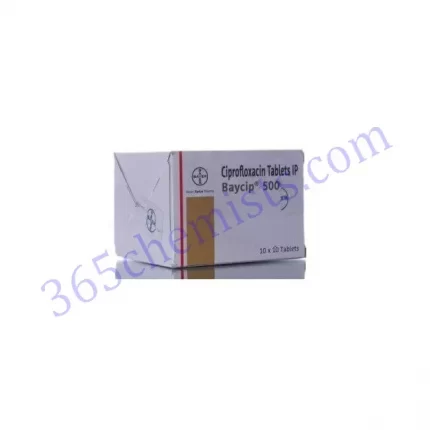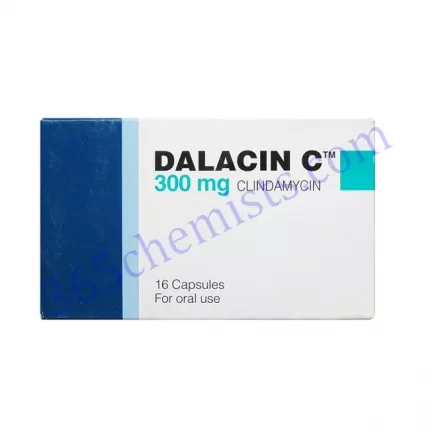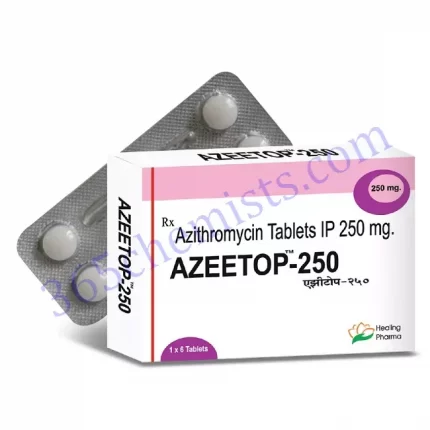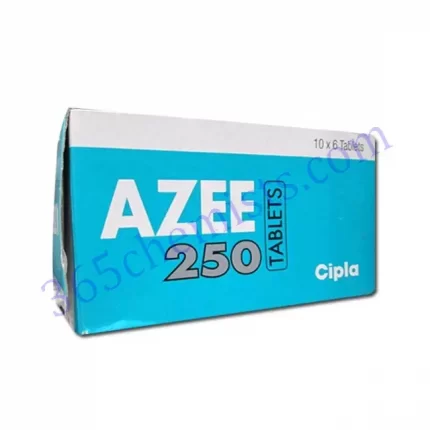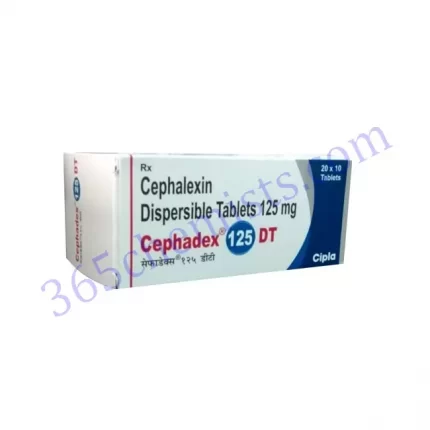Doxcef CV Tablet DT:
Cefpodoxime Proxetil is the active ingredient in Doxcef CV Tablet DT, which is an effective antibiotic medication that was developed specifically for use in children. We will examine the mechanism of action, indications, dosage, side effects, and precautions associated with Doxcef CV Tablet DT in this detailed description. We will also highlight the significance of this medication in the treatment of bacterial infections in children.
Mechanism of Action:
There is a group of antibiotics called cephalosporins, and Doxcef CV Tablet DT is a member of that group. Cefpodoxime Proxetil, which is the active ingredient in this product, has an antibacterial effect on bacteria because it prevents the production of their cell walls. Cefpodoxime Proxetil is an antibiotic that kills susceptible bacteria by interfering with the production of peptidoglycan, an essential component of the bacterial cell wall. This disruption of cell wall synthesis ultimately results in the death of the bacteria.
Indications:
It is common practise to recommend Doxcef CV Tablet DT for the treatment of a variety of bacterial infections in children, including the following:
- Infections of the Respiratory Tract It is effective against a variety of respiratory tract infections, including otitis media (an infection of the middle ear), tonsillitis, and pharyngitis.
- Infections of the Urinary Tract Doxcef CV Tablet DT is an antibiotic that can be used to treat a variety of urinary tract infections in paediatric patients, including cystitis and pyelonephritis.
- Infections of the Skin and Soft Tissues: This medication is prescribed for the treatment of infections of the skin and soft tissues that are brought on by susceptible bacteria in children.
- Community-Acquired Pneumonia: A prescription for Doxcef CV Tablet DT may be given to paediatric patients who have been diagnosed with community-acquired pneumonia as a treatment option.
Related Dosage
Doxcef 100mg Tablet
Doxcef 100mg Tablet DT
Doxcef 200 Tablet
Doxcef CV 200mg Tablet
Doxcef CV Tablet DT
Doxcef O 200mg Tablet
Dosage and Administration:
It is possible for the recommended dosage of Doxcef CV Tablet DT to change depending on the nature and extent of the infection, as well as the age, weight, and general health of the child. It is essential to carry out the steps in the correct order as outlined by the healthcare professional who prescribed the medication. Children should take their medication once or twice a day, depending on how much it is recommended for them to take, which is determined by their body weight. The particular infection that is being treated will determine how long the treatment will need to be administered for.
Side Effects:
Even though Doxcef CV Tablet DT is generally well tolerated, it is possible that some children will experience certain adverse effects from taking it. Some examples of common adverse effects include:
- Disturbances of the Gastrointestinal Tract Some patients may experience nausea, vomiting, diarrhoea, and discomfort in the abdominal region. These adverse effects are typically mild and fleeting in nature.
- Allergic Reactions: In extremely rare instances, patients may experience allergic reactions to Cefpodoxime Proxetil, including rashes, itching, and swelling of the skin. If you experience any signs of a severe allergic reaction, such as trouble breathing or swelling of the face, you should seek medical attention as soon as possible.
Precautions and Warnings:
Before beginning treatment with Doxcef CV Tablet DT, it is essential to take the following safety precautions into consideration:
- Due to the risk of allergic reaction, Doxcef CV Tablet DT should be avoided in children who have a history of hypersensitivity to antibiotics containing cephalosporins or penicillin.
- Renal Impairment: When treating children who have severe renal impairment, it may be necessary to adjust the dosage in order to prevent potentially harmful effects.
- Doxcef CV Tablet DT Should Not Be Used During Pregnancy or Lactation Unless Directly Prescribed by a Medical Professional It is not recommended that Doxcef CV Tablet DT be used during pregnancy or lactation.
Conclusion:
Cefpodoxime Proxetil, the active ingredient in the antibiotic medication Doxcef CV Tablet DT, was developed specifically for use in children. It accomplishes this by inhibiting the synthesis of bacterial cell walls, which ultimately results in the elimination of bacteria that are vulnerable to the effect of the drug. In children, it is recommended for the treatment of infections of the respiratory tract, urinary tract, skin and soft tissue, as well as community-acquired pneumonia. A qualified medical professional should evaluate the child’s age, weight, and condition before determining the appropriate dosage and how it should be administered. Doxcef CV Tablet DT is generally well tolerated; however, it is possible for it to cause adverse effects such as gastrointestinal disturbances and allergic reactions in some people. Children who are known to have allergies and children who have renal impairment should both have precautions taken for them. Doxcef CV Tablet DT plays a significant part in the efficient management of bacterial infections in paediatric patients, which in turn promotes the patients’ recovery and overall health and wellbeing.

